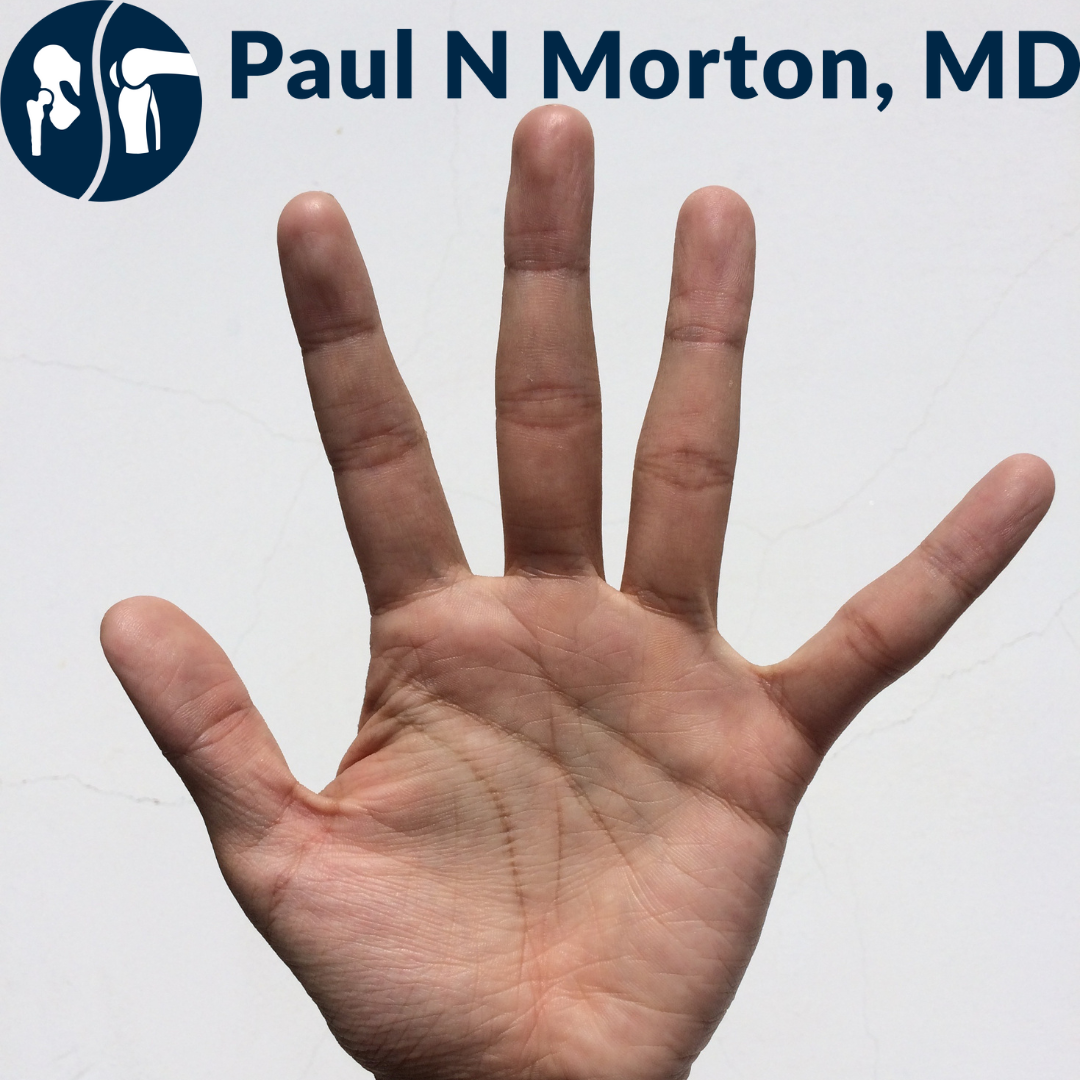If you are experiencing pain and stiffness in your fingers due to trigger finger, you may be considering Trigger Finger surgery. This type of surgery can be performed by a qualified orthopedic surgeon and can provide significant relief from the symptoms of trigger finger.
What is Trigger Finger?
Trigger finger is a condition that causes the affected finger to catch or stuck in a bent position. It is also known as stenosing tenosynovitis. The disease is caused by the formation of a nodule, or thickening, on the tendons in the fingers. This nodule gets trapped under a pulley in the hand. The pulley is a structure that allows the flexor tendons to glide smoothly as the finger moves. When the nodule gets trapped, it can cause the finger to bend or catch. This problem can happen on both the finger or thumb. Surgery for trigger finger involves releasing the constriction around the affected tendon, allowing it to glide smoothly through the sheath.
Trigger Finger Treatment Options
Options to treat the affected fingers include splinting, steroid injection, anti-inflammatory medications, and surgery. Trigger finger release surgery is often recommended for people who have not responded to other treatment options.
Steroid injections into the tendon sheath can cure trigger finger up to 80% of the time. Corticosteroid injections are a powerful anti-inflammatory and can reduce the swelling of the tendon, allowing for the tendon to freely move. It is quick and can be done in the office. Many patients notice significant symptom relief a few days after the injection. These injections may only last a short time, especially in patients with diabetes or rheumatoid arthritis. Multiple injections are to be avoided out of fear of damage to the tendon.
Trigger Finger Surgical Treatment
Trigger Finger Release surgery is typically performed as an outpatient procedure, meaning you will be able to go home the same day. The surgery itself only takes a few minutes to complete and you can expect to see results within a few weeks. Recovery times vary from patient to patient but are typically short, with most patients being able to return to normal activity levels within a few days.
Trigger Finger Release surgery involves cutting the tendon sheath that is causing the problem of the affected finger or thumb. The nodule is located at the base of the finger and is attached to the tendons that control finger movement. This is done when the surgeon makes a small incision over the area that is trapping the tendon. By cutting this tendon sheath around the tendon, the surgeon can release the pressure on the tendons and allow them to move more freely. Releasing the tendon sheath in this area is safe and does not usually cause any functional problems.
Wide Awake Anesthesia
One of the benefits of Trigger Finger surgery is that it can be performed using wide-awake anesthesia. This means that you will not need to be put to sleep for the surgery and can instead remain awake throughout the procedure. This is performed by injecting a small amount of numbing medication into your hand prior to surgery. Wide awake anesthesia is generally safe and has a very low risk of complication. It can also be used for people who are unable to have general anesthesia.
Recovery from Trigger Finger Surgery
After Trigger Finger Release surgery, you will likely experience some swelling and soreness in your fingers. This is normal and will resolve itself over time. Your surgeon will give you specific instructions on how to care for your fingers after surgery and what activities you should avoid during your recovery. Most people are able to return to their normal activities within a few weeks. Occasionally people will need physical therapy to resume normal hand function.
Risks of Trigger Finger Release
The risks of trigger finger release are low but as with any surgery, there are potential complications that can occur when cutting the tendon sheath. These include infection, bleeding, incomplete release, and nerve damage. Your surgeon will discuss these risks with you prior to surgery so that you can make an informed decision about whether or not Trigger Finger Release surgery is right for you.
Contact Dr. Morton Today!
If you are experiencing trigger finger symptoms, Trigger Finger Release surgery may be a good option for you. To learn more about this procedure, please contact Dr. Morton in Honolulu, Hawaii today.





